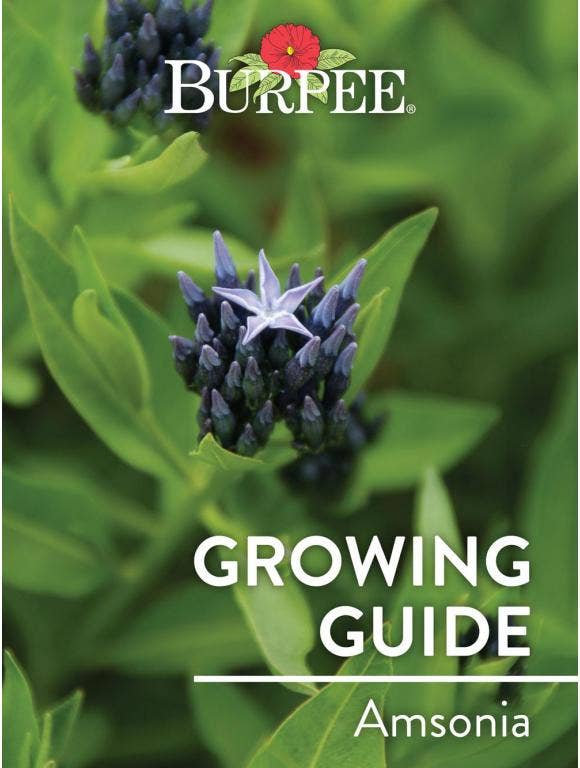
How to Sow
Planting in the Garden:
- Select a location in full sun with a rich, well-drained soil.
- Prepare the bed by turning the soil under to a depth of 6-12, inches removing any debris, and lightly raking as level as possible.
- The addition of organic matter (leaf mold, compost, well-rotted manure) benefits all gardens and is essential in recently constructed neighborhoods.
- Plant on a cloudy day or in late afternoon to reduce transplant shock.
- Dig a hole for each plant large enough to amply accommodate the root ball.
- Unpot the plant and gently loosen the root ball with your hands to encourage good root growth.
- Place the top of the root ball even with the level of the surrounding soil. Fill with soil to the top of the root ball. Press soil down firmly with your hand.
- Use the plant tag as a location marker.
- Thoroughly water and apply a light mulch layer on top of the soil (1-2 inches) to conserve water and reduce weeds.
How to Grow
- Keep weeds under control during the growing season. Weeds compete with plants for water, space and nutrients, so control them by either cultivating often or use a mulch to prevent their germination.
- Mulches also help retain soil moisture and maintain even soil temperatures. For perennials, an organic mulch of aged bark or shredded leaves lends a natural look to the bed and will improve the soil as it breaks down in time. Always keep mulches off a plant’s stems to prevent possible rot.
- Careful watering is essential in getting perennials off to a good start. Water thoroughly at least once a week to help new roots grow down deeply. Soil should be damp at about 1 inch below the soil surface. You can check this by sticking your finger in the soil. Water early in the morning to give all leaves enough time to dry. One inch of rain or watering per week is recommended for
- “Deadhead”, remove spent flower heads to encourage continuous flowering and prevent seed development.
- In colder regions, apply another layer of mulch (1-2 inches) after the ground freezes in fall. Evergreen boughs (from Christmas trees) provide additional protection. Remove this mulch in the spring.
Growing Tips
- Amsonia blooms in the spring usually April to May.
- Amsonia is one of the few herbaceous perennials with excellent fall color. Plants foliage turns gold in the fall.
Common Disease Problems
Root Rots: A number of pathogens cause root rots of seedlings as well as mature roots. Burpee Recommends: Practice crop rotation and do not plant related crops in the same area for several years. Pull up and discard infected plants. Make sure your soil has excellent drainage. Contact your Cooperative Extension Service for recommendations.
Rust: A number of fungus diseases that cause rust colored spots on foliage and stalks. Burpee Recommends: Plant resistant varieties. Practice crop rotation. Remove infected plants. Contact your Cooperative Extension Service for recommendations.
Common Pest and Cultural Problems
Aphids: Greenish, red, black or peach colored sucking insects that can spread disease as they feed on the undersides of leaves. They leave a sticky residue on foliage that attracts ants. Burpee Recommends: Introduce or attract natural predators into your garden such as lady beetles and wasps who feed on aphids. You can also wash them off with a strong spray, or use an insecticidal soap.
Plants may flop over: If the flower spikes are not removed amsonia stems often will flop over. This will also happen if the plants are in too much shade.
Amsonia FAQs
When is the best time to plant Amsonia? Amsonia may be planted in the spring or fall.
Is amsonia deer resistant? Amsonia is tolerant to deer, they usually avoid amsonia, however if food is scarce deer may eat amsonia.
Do amsonia attract pollinators? Yes, amsonia attracts bees.
When will my amsonia bloom? Amsonia blooms in mid spring, usually April to May.
Can amsonia be grown in a container? Yes it makes a lovely container plant!


